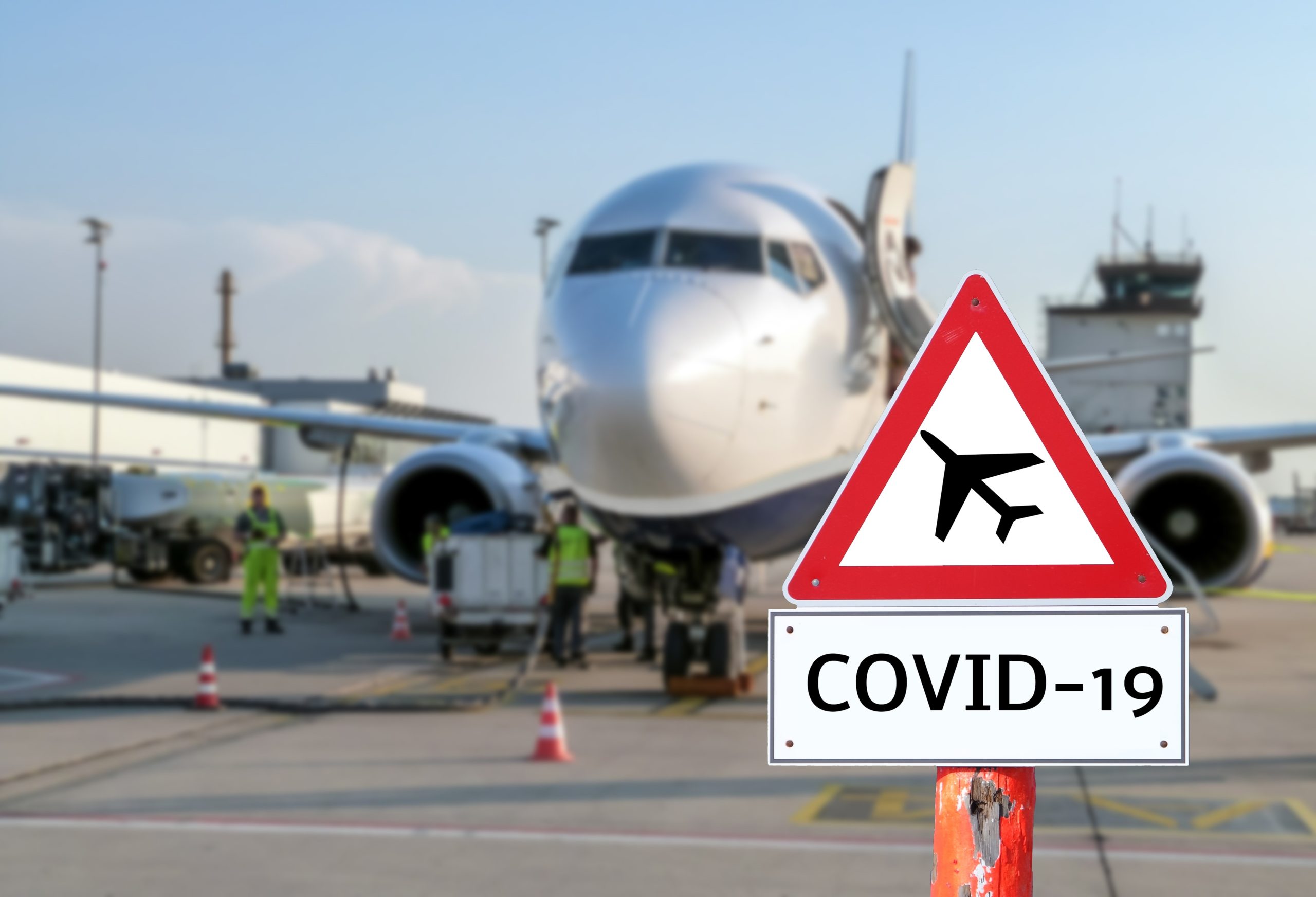By early April 2020, COVID-19’s scourge on the aviation industry is becoming all too clear. As a lay observer, I have witnessed peoples’ travel plans repeatedly scuttled – and evaporated – in the last couple of months; as a researcher, I have seen an entire aeromobilities infrastructure unravel in ways that are unrivalled even by 9/11 or SARS’s standards.
This is an unprecedented moment in post-war history that compels reflections on how we approach global aeromobilities. Lately, a number of scholars have called for contemplations of a low-carbon mobility future in light of what has happened. I think this is a welcome move, considering the climatic benefits experienced by our planet in just these few short months. However, I also want to attempt another perspective here.
More than 20 airlines have ceased operations (nearly) completely since the outbreak began, as travel demand collapsed, and governments around the world tightened restrictions on inbound and transit traffic to protect their populations. Although the World Health Organization had opposed travel bans, exactly the opposite had transpired – not just involving countries blacklisting each other, but nations going into self-quarantine.
These developments have a decimating effect on what we normally take for granted as a fixture of globalisation. For the first time in its 100-year existence, Qantas cancelled all international flights for at least two months; Emirates, the world’s largest network carrier called for a total cessation of its services, save just 13 routes, beginning 25 March. These airlines were not alone in making such radical decisions.
Airline and airport workers feel these impacts more acutely than anybody else. Unlike office workers, financial traders or news reporters, theirs is a vocation that is not amenable to “work from homes”; neither can they opt to convert their craft into a home-delivery service. Undoubtedly, there are many others in the same or perhaps worse plight (wait staff, cruise workers, security guards etc.), but it does not diminish the hardship that is to come for aviation employees who will have to endure job uncertainties for the long-haul. Perhaps because many of my research respondents are employed in the aviation sector, I share a visceral emotion with them, feeling their anguish, as the airline industry unfathomably grounds itself to a halt.
Let’s consider some preliminary evidence. In Singapore where I am (grounded), the national carrier had announced a hiring freeze in as early as February. By the end of the month, managerial staff were to accept a five to fifteen percent pay cut. Fast forward another three weeks, the latest round of measures include up to thirty percent in clipped incomes for management, and, on top of that, compulsory no-pay leave for airline crew, and furloughs for staff on contracts.
Beyond the airline, airport and catering services provider SATS adopted similar measures in March. Cuts included five to fifteen percent in salary adjustments for managerial staff, as well as voluntary unpaid leave for all employees, and early retirement for workers aged 55 and above. Add to these attritions the furlough – if not outright retrenchment – of food and beverage staff, launders, drivers and logistics workers, who are often on temporary migrant work passes.
Singapore’s experience is of course not unique. The aviation industry in Australia, North America and Europe has similarly engage in drastic wage and hiring culls, often disproportionately affecting lower-wage workers. What I want to drive home here is an acute sense of these hidden human and economic costs borne by individuals who usually elude headlines on the virus’s rampage, or investor briefs on business trends or share prices.
Paying attention to these silent sacrifices does two things. First, it alerts us to the fact that the world is not quite ready for an alternative mobility future. Sure, we can adopt teleconferencing practices, travel less and consume locally; but, significant segments of the global workforce – some 65.5 million jobs – are not currently equipped to transit out of the aviation industry. The rapid deceleration of the industry in recent weeks has made it all too clear that another form of sustainability – that of proper labour re- or multi-skilling – needs to be pursued in tandem, and gradually, with any shift to greener forms of (im)mobilities. Failing which, we might inadvertently precipitate another (human) crisis.
Second, the sudden displacement of airline services in the current pandemic furthermore reveals the heightened exposure of these workers to international exigencies: from disease outbreaks (as is the case today) to war and natural disasters. Yet, the same employees are also some of the most localised workforce—transiently stuck in place to maintain a globalisation infrastructure for others. Their immobilisation makes them particularly exploitable as cushions for the industry, whenever there is trouble elsewhere. It is therefore needful to institutionalise a system whereby the lowest-wage can be ethically shielded from capitalism’s most extreme withdrawals. The labour fallout of COVID-19 should not be borne by the most vulnerable, while the travellers they used to serve, and the borders they helped keep open, renege on them.
About the author: Dr Lin Weiqiang is a human geographer, based at the National University of Singapore, interested in mobilities and the infrastructures of moving.
